Tips for Differentiating Instruction in Large Classrooms
23 February 2025
Teaching in a large classroom can feel like you're trying to juggle a dozen different balls in the air — while riding a unicycle! In these kinds of environments, students come with a wide range of abilities, learning styles, and needs. So, how do you ensure that every student feels seen, heard, and supported?
That’s where differentiation comes in. Differentiating instruction is all about tailoring your teaching to meet individual needs. But when you've got a classroom full of 30 (or more!) students, it can be a daunting task. Don’t worry, though — it’s totally possible to differentiate effectively, even in large groups. Let’s dive into some practical, easy-to-implement tips to make it happen.
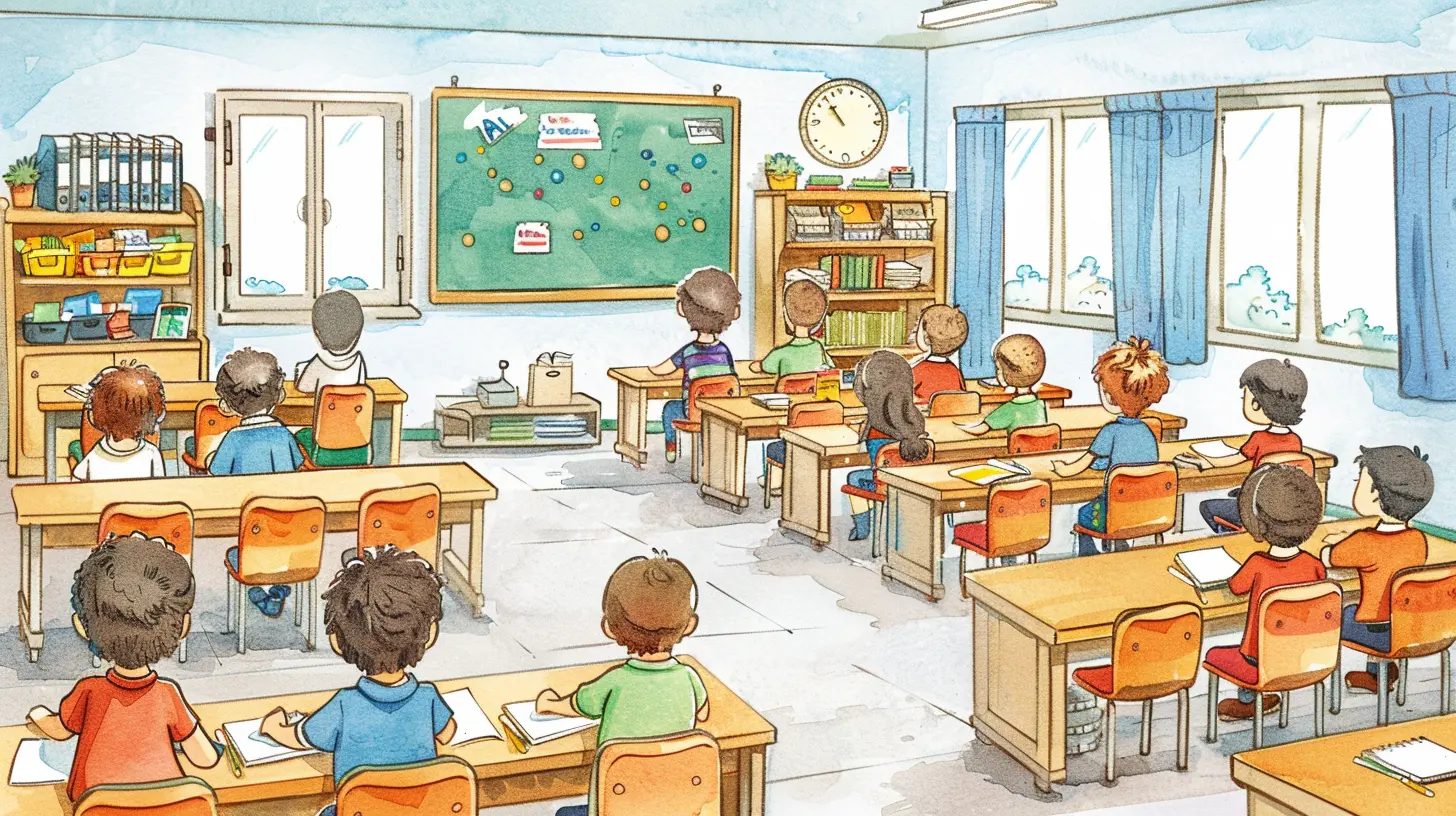
What is Differentiated Instruction?
Before we get into the nitty-gritty, let’s make sure we’re on the same page. Differentiated instruction is an approach to teaching that involves proactively adjusting teaching methods, content, and assessments to cater to individual learning needs.Think about it like this: You wouldn’t give every person the same size shoes, right? Some have big feet, some small, some somewhere in between. Differentiating instruction is about offering a "perfect fit" for each student when it comes to learning. It’s about providing multiple paths for students to explore content, understand concepts, and demonstrate their learning.
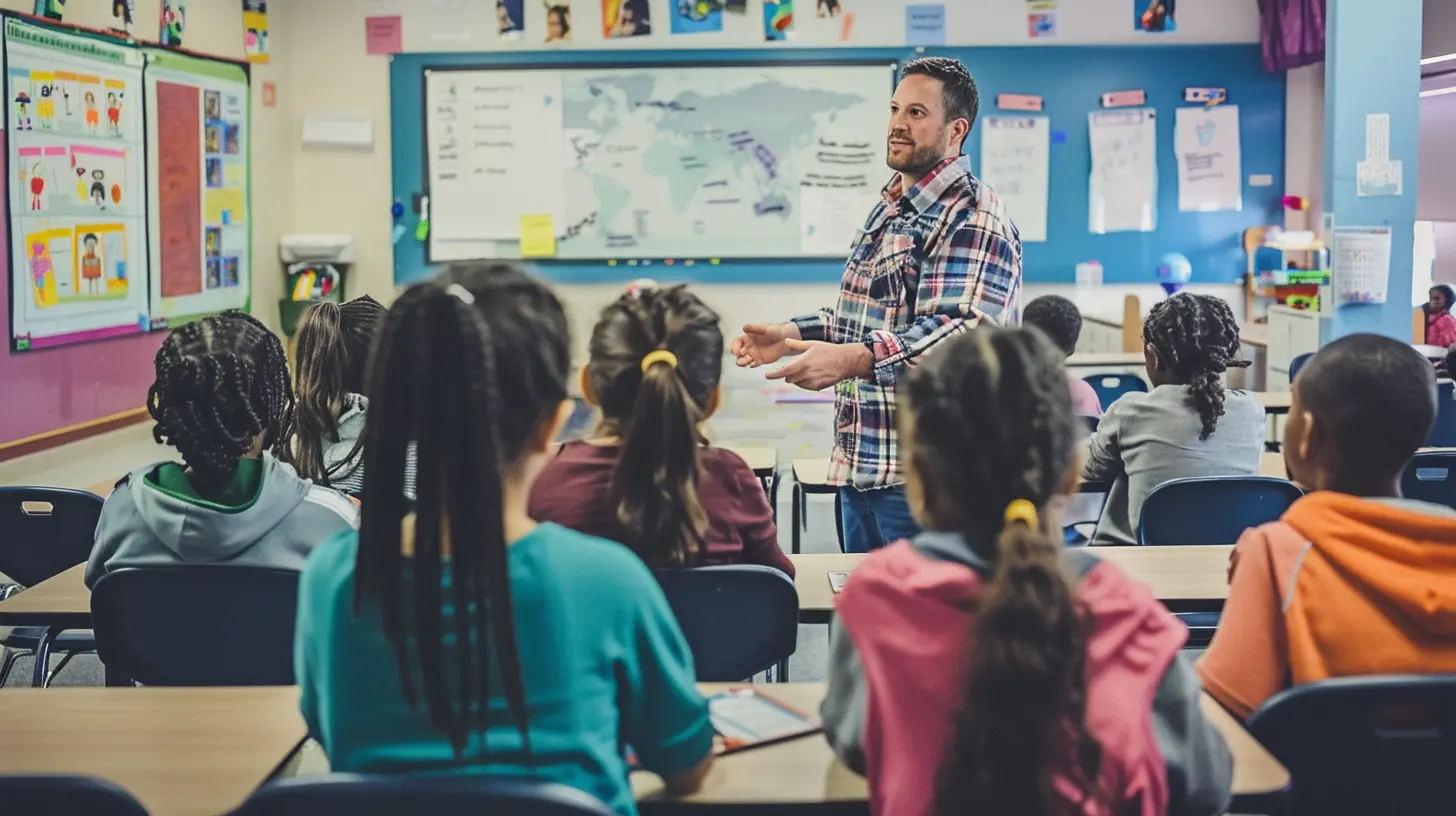
Why is Differentiation Important in Large Classrooms?
Large classrooms are often a mixed bag of abilities, interests, and backgrounds. Some students might grasp a concept immediately, while others may need more time or a different approach. The primary goal of differentiated instruction is to make sure every student has a chance to succeed — no one gets left behind.But here’s the real kicker: Differentiating doesn’t just benefit the students who struggle. Advanced learners can also benefit by being challenged in new and exciting ways. In short, differentiation helps everyone.
But how do we do that with so many students? Let’s break it down.

1. Start With Flexible Grouping
One of the most powerful strategies for differentiating instruction in large classrooms is flexible grouping. This means grouping students in different ways depending on the task or learning goal.You can group students by:
- Skill level: Group learners who are at similar stages in understanding a concept.
- Interest: Group students who are excited about a particular topic.
- Learning style: Group students based on whether they learn best through hands-on activities, visual aids, or discussion.
What’s great about flexible grouping is that it’s, well, flexible! You can change the groups as often as you like — daily, weekly, or monthly — depending on your students' needs. This ensures no one is stuck in a particular group and that students get the benefit of different perspectives and peer support.
Pro Tip: Use Technology to Assist
In large classrooms, keeping track of who’s in which group can be a headache. Consider using tech tools like Google Classroom or learning management systems (LMS) to organize and shuffle groups easily. These platforms can also help you assign group-specific tasks and track progress.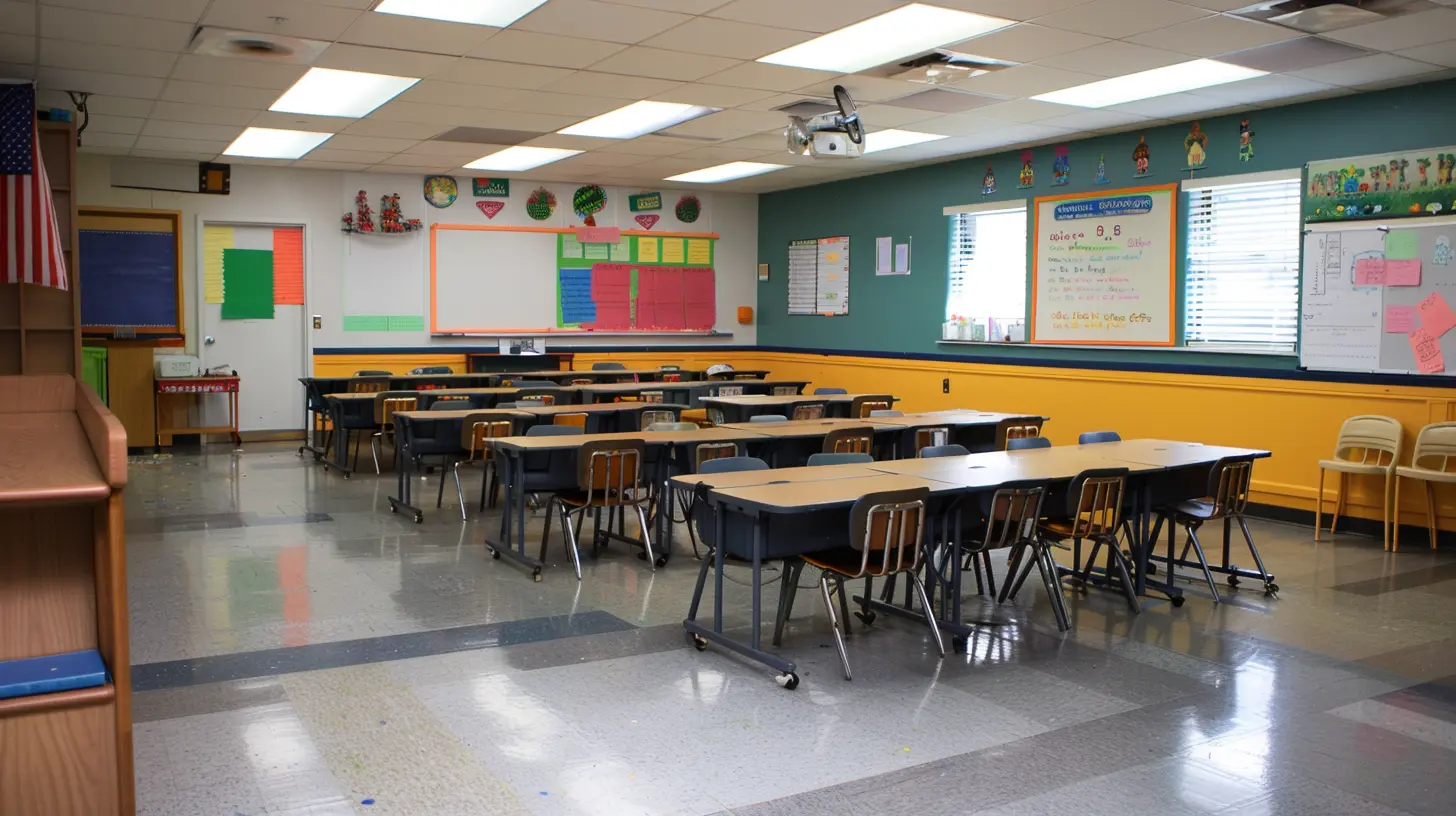
2. Provide Choice in Assignments
Let’s face it: not every student is going to be equally excited about every assignment. By offering choices, you allow students to take ownership of their learning and engage more deeply with the material.For example, instead of assigning the same essay to the whole class, you could offer a menu of options:
- Write an essay.
- Create a presentation.
- Make a video.
- Design a poster or infographic.
Each option can still address the same learning objective but in different ways. This allows students to play to their strengths while still mastering the content.
Pro Tip: Start Small
If offering multiple options for every single assignment seems overwhelming, start small. Try offering choices for just one assignment per unit, and see how it goes. You may be surprised by how much more engaged your students become!3. Incorporate Tiered Assignments
Tiered assignments are another effective way to differentiate instruction in large classrooms. The idea behind tiered assignments is to have different versions of the same task that vary in complexity, so each student can work at their own level.For example, if you’re teaching a math lesson on fractions, you could design three levels of problems:
- Level 1: Basic fraction identification and simplification.
- Level 2: Adding and subtracting fractions with like denominators.
- Level 3: Adding and subtracting fractions with unlike denominators and mixed numbers.
This ensures that all students are working toward the same learning goal but at a pace and difficulty level that’s appropriate for them.
Pro Tip: Use Scaffolding
Scaffolding is like giving students a ladder to help them climb to higher levels of understanding. For tiered assignments, provide support for students who need it — maybe extra hints or step-by-step instructions — and gradually reduce the support as they gain confidence.
4. Use Learning Stations
Learning stations are a fantastic way to bring differentiation into large classrooms. In this approach, you set up different "stations" around the room, each with a unique activity or task related to the lesson. Students rotate through the stations, working on different skills or content at each one.Here’s how you might set up learning stations for a science lesson on ecosystems:
- Station 1: Watch a video and take notes.
- Station 2: Complete a hands-on lab activity with plants.
- Station 3: Read an article and answer comprehension questions.
- Station 4: Work on a group project to create a poster about an ecosystem of choice.
Learning stations give students a variety of ways to engage with the material, and they allow you to work with smaller groups of students at a time. Plus, they keep kids moving, which can help with focus and energy in a large classroom.
Pro Tip: Assign Roles
At each station, assign specific roles to students (e.g., note-taker, discussion leader, researcher). This helps ensure that everyone participates and stays on task — even in a large group setting.5. Differentiate Your Instructional Methods
Different students learn in different ways, so it’s important to vary your instructional methods. This is known as Universal Design for Learning (UDL), a framework that encourages teachers to offer multiple means of representation, expression, and engagement.Here’s how you can differentiate your teaching methods:
- Visual learners: Use videos, diagrams, and charts.
- Auditory learners: Incorporate discussions, lectures, and podcasts.
- Kinesthetic learners: Include hands-on activities, labs, or movement-based learning.
By mixing up your teaching methods, you ensure that all students can access the material in a way that makes sense to them.
Pro Tip: Rotate Methods
You don’t need to hit every learning style in every lesson. Instead, rotate methods regularly so that over the course of a unit, every student gets what they need.
6. Leverage Technology for Personalized Learning
In today’s digital age, technology is your best friend when it comes to differentiating instruction. There are tons of apps, websites, and tools designed to help you tailor content to individual student needs.Here are a few ways to use technology for differentiation:
- Adaptive learning platforms: These tools (like Khan Academy or DreamBox) adjust the difficulty of tasks based on students’ performance.
- Online discussions: Use tools like Padlet or Flipgrid to facilitate discussions where quieter students might feel more comfortable participating.
- Self-paced learning: Platforms like Edpuzzle or Nearpod allow students to work through content at their own pace, giving them the time they need to fully grasp a concept.
Pro Tip: Offer Feedback Through Tech
Many tech tools allow you to give personalized feedback to students. This is especially helpful in large classrooms where you might not have time for one-on-one conferences with every student.7. Build a Classroom Culture of Respect and Collaboration
Finally, differentiating instruction in large classrooms works best when you’ve built a culture of respect and collaboration. When students understand that everyone learns differently — and that’s okay — they’re more likely to support one another and work together.Encourage your students to help each other out. Peer tutoring, group work, and collaborative projects can all be great ways for students to learn from one another. Just be sure to set clear expectations and guidelines for group work to ensure everyone contributes.
Pro Tip: Celebrate Differences
Take time to celebrate the unique strengths and talents of each student. This helps foster a growth mindset and encourages students to see learning as a journey, not a competition.
Wrapping It Up
Differentiating instruction in large classrooms might seem like climbing a mountain, but with the right tools and mindset, it’s definitely doable. The key is to be flexible, creative, and intentional in your approach. Start small, experiment with different strategies, and remember — the goal is to meet your students where they are and help them grow.So, go ahead, give it a try! Your students (and your sanity) will thank you.
all images in this post were generated using AI tools
Category:
Differentiated InstructionAuthor:

Olivia Chapman
Discussion
rate this article
16 comments
Astrid Collins
This article provides valuable insights into differentiating instruction in large classrooms. The practical strategies shared can help teachers address diverse learning needs, fostering an inclusive environment that promotes student engagement and success.
April 3, 2025 at 4:24 AM

Olivia Chapman
Thank you for your feedback! I'm glad you found the strategies helpful for creating an inclusive and engaging learning environment.
Orion Black
Essential strategies to engage diverse learners effectively.
March 27, 2025 at 11:22 AM

Olivia Chapman
Incorporate varied teaching methods, provide choice in assignments, and foster a supportive classroom environment to effectively engage diverse learners.
Katherine Romero
Unlocking the secrets of engaging every learner in a sea of faces can feel like searching for hidden treasure. Dive into these tips—unravel the mystery of differentiation and transform your large classroom into a realm of discovery.
March 17, 2025 at 12:39 PM

Olivia Chapman
Thank you for your insightful comment! I’m glad you found the tips valuable for navigating the challenges of differentiation in large classrooms. Happy teaching!
Brooks Diaz
This article effectively highlights the challenges of differentiating instruction in large classrooms. Emphasizing flexible grouping and formative assessment can empower educators to address diverse learning needs, fostering an inclusive environment where all students can thrive and engage meaningfully.
March 12, 2025 at 10:01 PM

Olivia Chapman
Thank you for your insightful comment! I’m glad you found the emphasis on flexible grouping and formative assessment valuable for fostering inclusivity in large classrooms.
Rosanna McGill
Great insights on differentiating instruction! These strategies are essential for addressing diverse learning needs in large classrooms and can significantly enhance student engagement and success. Thank you!
March 12, 2025 at 1:05 PM

Olivia Chapman
Thank you for your kind words! I'm glad you found the insights helpful for supporting diverse learners.
Zyana McClellan
Thank you for sharing these insightful strategies for differentiating instruction! Supporting diverse learners in large classrooms can be challenging, but your tips provide valuable guidance to help every student thrive.
March 11, 2025 at 4:48 AM

Olivia Chapman
Thank you for your kind words! I'm glad you found the strategies helpful for supporting diverse learners.
Leo Cantu
Customize, engage, inspire learning!
March 10, 2025 at 4:28 AM

Olivia Chapman
Thank you! I believe that tailoring instruction fosters a deeper connection and motivates all learners.
Aelith Frank
Teaching large classes? Just remember, it’s like herding cats—only with more textbooks!
March 9, 2025 at 12:22 PM

Olivia Chapman
Haha, great analogy! Embracing the chaos while incorporating flexibility can truly make a difference. Thanks for your comment!
Giovanna McElveen
Practical tips, great insights!
March 9, 2025 at 3:43 AM

Olivia Chapman
Thank you! I'm glad you found the tips helpful!
Reese Matthews
Differentiating instruction in large classrooms is essential for meeting diverse learner needs. Embrace flexible grouping, use varied resources, and maintain clear communication to foster an inclusive and engaging learning environment.
March 7, 2025 at 8:18 PM

Olivia Chapman
Thank you for highlighting the importance of flexibility and varied resources in differentiating instruction! Your insights reinforce the need for adaptable strategies to effectively support diverse learners in large classrooms.
Flint Sharpe
Effective differentiation enhances engagement and learning in diverse classrooms.
March 7, 2025 at 5:29 AM

Olivia Chapman
Thank you for your insight! Absolutely, effective differentiation is key to fostering engagement and meeting the varied needs of students in diverse classrooms.
Samantha Snow
Great insights! Understanding diverse needs truly enhances learning for all.
March 4, 2025 at 9:19 PM

Olivia Chapman
Thank you! I'm glad you found the insights valuable. Emphasizing diverse needs is key to effective learning.
Fiona Miller
Great tips! Differentiating instruction in large classrooms can feel daunting, but these strategies make it manageable. I love the idea of using student interests to tailor lessons—it's such a simple way to boost engagement. Can't wait to try these out in my own classroom! Thanks for sharing!
March 3, 2025 at 7:36 PM

Olivia Chapman
Thank you for your feedback! I'm glad you found the tips helpful and inspiring. Best of luck implementing them in your classroom!
Faelan McClendon
This article offers valuable insights into differentiating instruction in large classrooms. I appreciate the emphasis on understanding diverse student needs. However, implementing these strategies can be challenging in practice. It would be helpful to share real-life examples or success stories to inspire educators facing similar obstacles. Thank you for the thoughtful tips!
March 3, 2025 at 4:46 AM

Olivia Chapman
Thank you for your feedback! I appreciate your suggestion for real-life examples and will consider incorporating them in future discussions to inspire educators. Happy teaching!
Michelle McTavish
Who knew teaching a room full of eager minds could feel like juggling flaming torches while riding a unicycle? Let’s turn those tips into our secret survival kit for instructional acrobatics!
March 1, 2025 at 7:35 PM

Olivia Chapman
Absolutely! Embracing the chaos can make you a master of instructional acrobatics. Let's keep those tips handy for balancing diverse needs in the classroom!
Sylvan Benton
This article offers valuable insights for educators struggling with large classrooms. The tips provided on differentiating instruction are practical and actionable, making it easier to meet diverse student needs while enhancing engagement and learning outcomes. Great resource!
February 25, 2025 at 12:47 PM

Olivia Chapman
Thank you for your thoughtful feedback! I'm glad you found the tips practical and helpful for addressing the challenges of large classrooms.
MORE POSTS

Effective Methods for Tackling Multiple Choice Questions

The Role of Visual Journals in Personal and Artistic Growth

Understanding the Role of Critique in Art Education

How to Use Storytelling to Inspire and Motivate Students
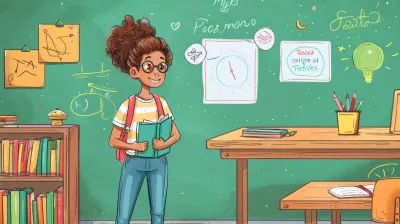
The Benefits of Cross-Curricular Teaching
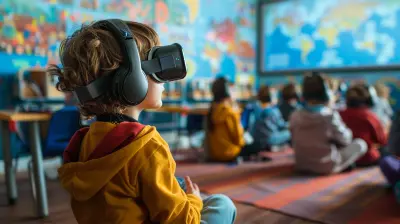
How Virtual Classrooms are Revolutionizing Special Education

The Role of Propaganda in Historical Conflicts

Differentiation in Early Childhood Education: Starting Strong

Motivating Students to Become Lifelong Learners

The Power of Backward Design in Crafting Meaningful Curriculum